When you think about steam and washing, you get the feeling that something isn’t right.
How can you wash with steam? There’s no agitation. How about spinning? Will the washer do away with spinning too?
So many questions.
Steam wash is a unique feature in some advanced washers. It brings the water to boiling temperatures and then launches jets of steam on the laundry.
This steam kills germs and fungi in the laundry and the tub, keeps the clothes wrinkle-free, and makes drying faster and easier.
If you’re considering purchasing a washer with a steam wash feature, then this guide is for you.
It tells you all about this valuable feature, when to use it, and why you might need it in the first place.
What is the Steam Wash Feature?
Despite the feature’s name, the steam wash doesn’t do away with water altogether. Instead, the washer uses a combination of steam and water to sterilize and clean the laundry.
Naturally, it takes energy to turn the water into steam. So you can expect a spike in the electricity bill when you regularly use the steam wash feature.
But other than that, the steam wash is a necessary feature for people whose workplace exposes them to germs and pathogens.
If you’re looking for some laundry detergent that is effective at killing germs, check out this list.
Even if you work in a hazard-free environment, you still need to steam towels, baby clothes, and linens to sanitize them.
Not to mention that stains are easier to remove when exposed to jets of steam at high speed.
Few stains can withstand the aggressiveness of the steam wash cycle. That saves you the trouble of treating tough stains before washing.
Finally, the steam wash cycle minimizes wrinkles and creases in the laundry. It works in the same way as spraying and ironing clothes. That means less ironing on your part.
How the Steam Wash Works
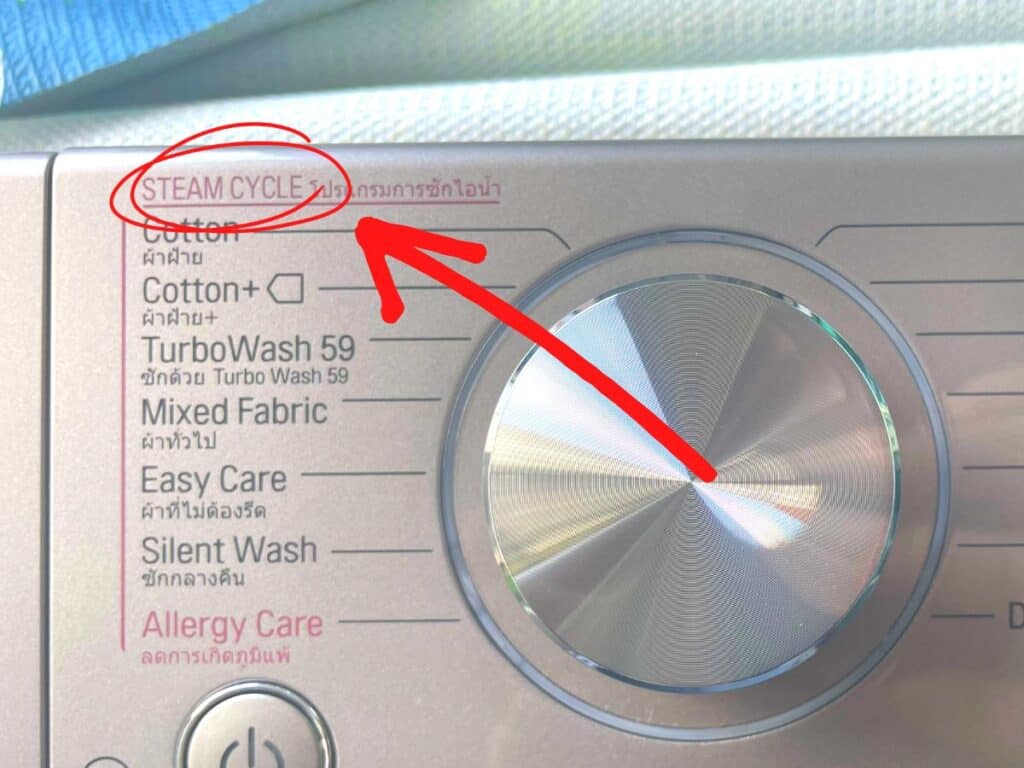
Steam works on clothes the same way it works on our skin in the sauna. It relaxes the fabrics, opens up the pores, and allows more water to penetrate the fabric and flush out stains.
But that doesn’t paint the whole picture for us.
We still need to know how exactly steam fits into the equation and when the washer releases its jets of fuming steam on the laundry and when it switches to water.
To answer those questions, let’s break down the role of steam into three phases.
Pre-Wash
Before the actual agitation of the water in the full tub starts, the washer heats the water into steam and then floods the tub with the steam.
This loosens the fabrics and breaks down stains before the clothes are submerged in a water and detergent mix to do the actual cleaning.
You can think of the role of the steam in this phase as just preparing the clothes for washing. Also, how the washer turns the water into steam varies depending on the washer brand, as I’ll explain later.
Washing
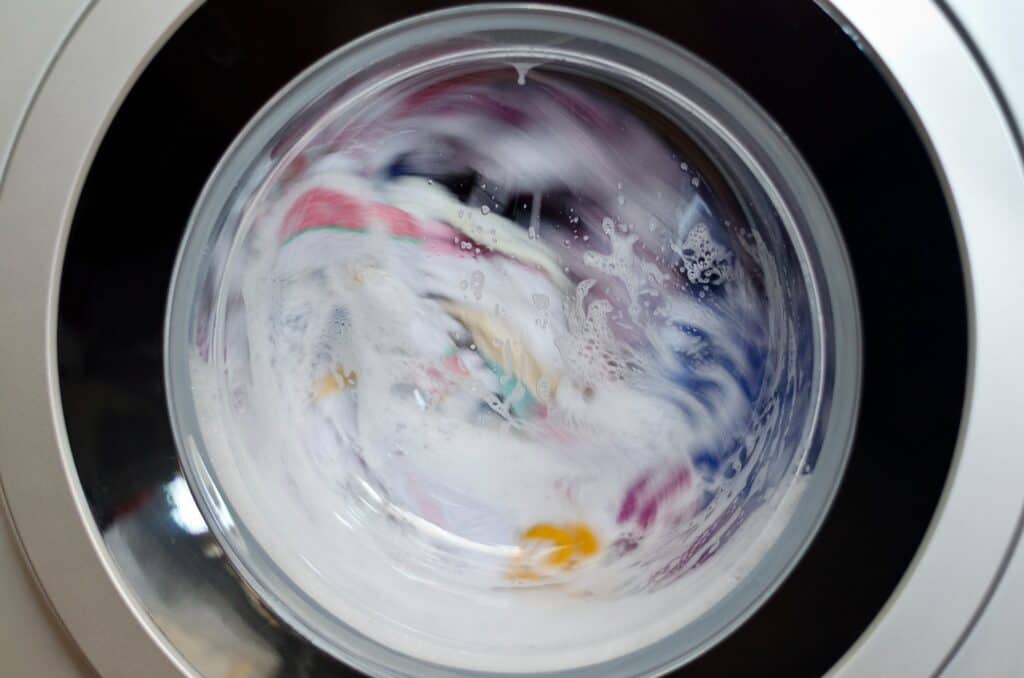
That’s where steam features prominently and unleashes all its power on the laundry, the germs, and the stains.
Whether the washer fills the tub with steam or aims jets of it at targeted areas of the laundry, the end result is softened clothes with a high degree of cleanliness and sanitizing.
Exposing the water to steam improves the dilution of the detergent in the water and the ability of the clothes to absorb it.
You can think of steam as a step up from washing the laundry with hot water. If hot water was good against tough stains, imagine what steam would do to these stains.
Post-Wash
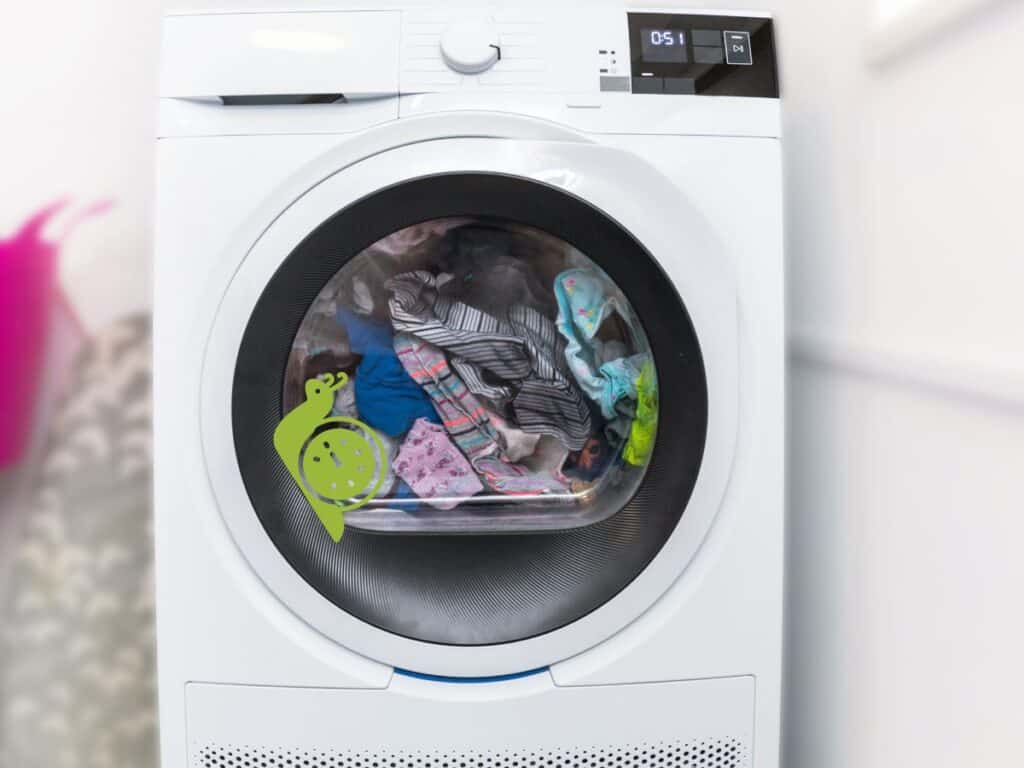
Once the washing phase is done, steam is not used during the rinsing of the laundry. However, it comes back during the dry phase.
Drying with steam might sound like an oxymoron, but it actually makes a lot of sense.
Exposing the laundry to steam while spinning it at high speed not only eliminates the last traces of mold, mildew, and pathogens but also softens the fabrics and prevents wrinkles.
Keep in mind that steam is not part of the whole dry cycle. It’s often used at the early stages of the dry phase. The excess heat also helps evaporate the moisture in the clothes to speed up the drying process.
After that, the dry cycle continues as normal. High spinning speed intermittent with slow spinning, reverse spinning to prevent wrinkles.
How Washers Use Steam
Before washers can use steam, they have to generate it. This often happens in one of two ways.
The first method is to heat the water directly in the tub and bring it to a boiling point. Steam rises and fills up the tub, penetrates the fabrics, and helps the detergent dissolve into the water.
This is a lengthy process, and it takes up a lot of energy, considering the amount of water that needs to be boiled.
The second method is to heat up the water in a separate compartment, turn it into steam, then launch that steam through nozzles on the laundry.
This method is more energy efficient, and the way the steam targets the laundry is more effective in breaking down tough stains.
But that’s not the end of the story of steam and washers. There’s also the timing of the application.
Some washers allow you to customize when and how to apply steam to the laundry throughout the different stages.
Other washers are pre-programmed to use steam in a specific way and won’t accept customization.
Needless to say, customization is always preferred. You’d want to have control not just on when to apply steam but also on how much steam should be generated.
You could choose to use steam during the drying cycle or to limit its uses just to the washing cycle.
It all depends on the type of clothes you’re washing and whether you want to sanitize them during the drying cycle or not.
The Advantages of Steam Wash
As you might expect, a washer with a steam wash feature is often quite expensive.
So why would you invest so much money in a washer?
And do you really need the steam wash feature anyway?
I’ll let the benefits of the steam wash speak for themselves.
1. Less Ironing
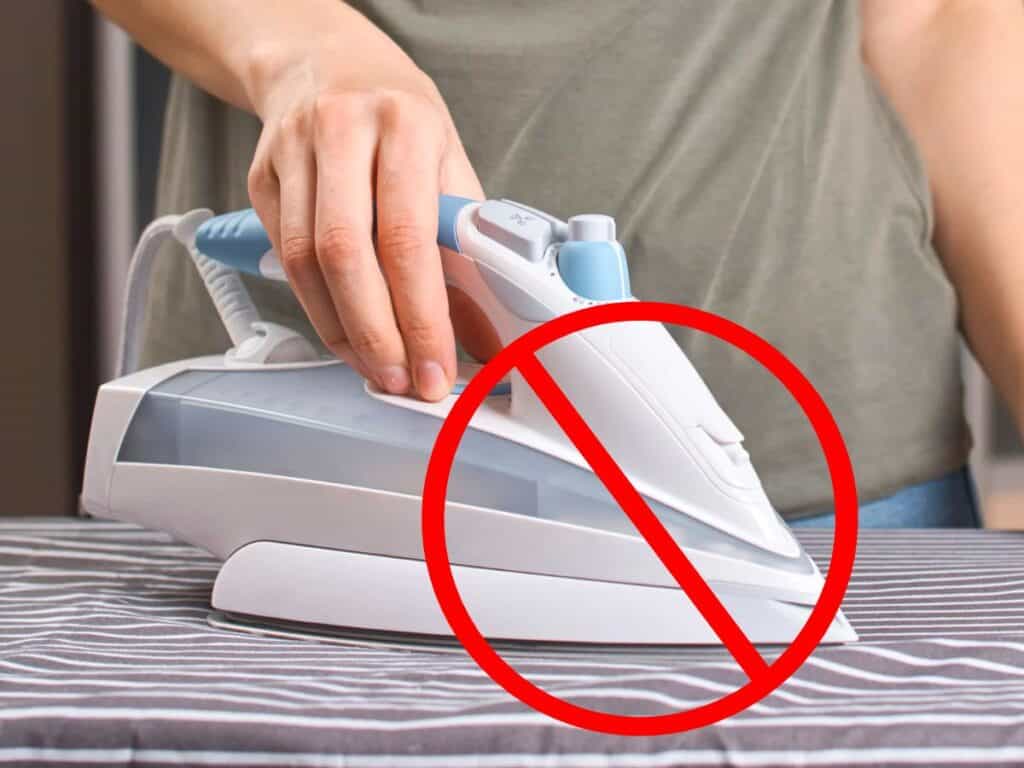
If you wash a lot of cotton and linen clothes, then you probably have to do a lot of ironing. The laundry comes out of the dryer full of wrinkles like they have been fighting.
But with the steam wash, you don’t have to iron the laundry so hard.
When you pull the laundry out of the dryer, it comes out smooth and wrinkle-free.
No creases or permanent wrinkles that require excessive pressing. The steam takes care of all the wrinkles beforehand.
This is especially true if you use steam during the drying cycle.
2. Better Hygiene
Whether you have dirty work clothes or you have a baby at home, chances are you often need to use the maximum water temperature on some clothes to get them cleaned the way you like.
But that’s not often enough.
With a steam wash, stains, odors, and germs are all taken care of in the washer. This reduces infections and keeps everyone in your household healthy.
3. Energy Saving
This benefit applies only to washers that generate steam in a separate compartment. Those that heat the water in the tub to turn it into steam actually use more energy than regular washers.
But saved energy means small electricity bills, so you end up saving money in the long run.
4. Fresh Clothes

Steam gives the clothes a thorough cleaning. This not only makes the clothes cleaner but also removes any odors and semi-visible stains.
The result is laundry that looks and smells like new every time.
5. Clean Tub
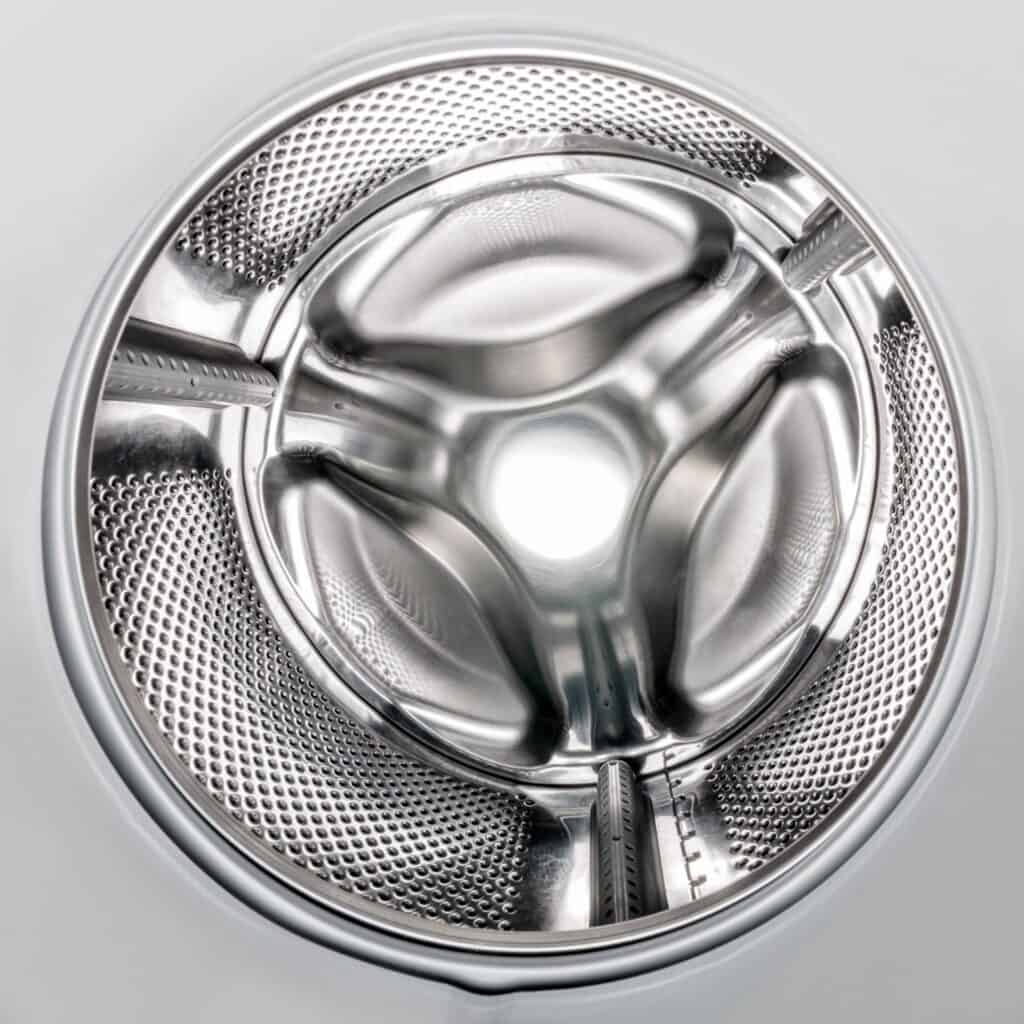
You know how you need to clean the tub and give the washer the once over from time to time?
That’s because of all the grime and debris that builds up inside the tub and blocks the filters. It can even affect the sensitive parts of the washers, such as heat and water sensors.
But when you have jets of steam covering every inch of the tub, you get a clean washer as well as a clean laundry.
Learn more about caring for your washing machine here.
5. Shorter Cycles
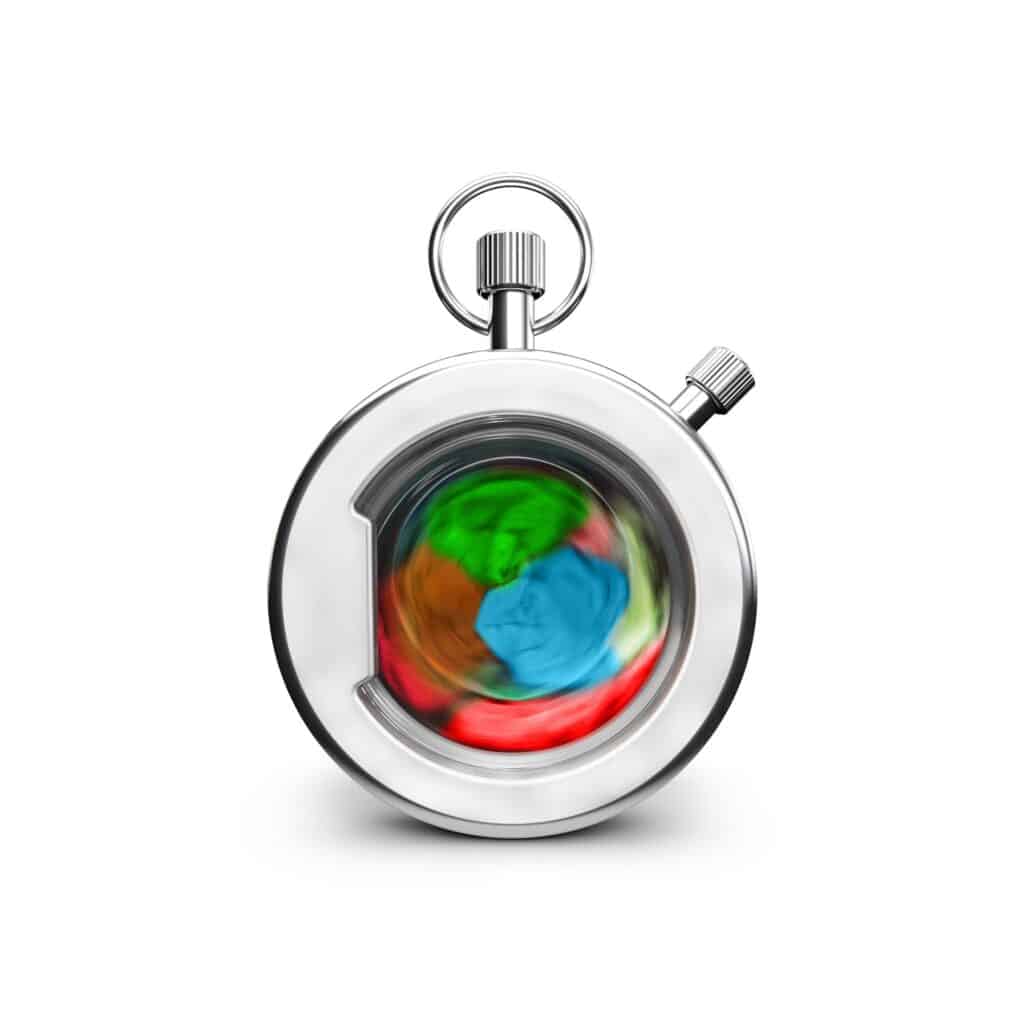
Because the washer uses both steam and water to wash and rinse and then steam alone to dry the laundry, the whole cycle ends up being shorter than a regular cycle.
This saves you time and energy.
At the same time, it protects the clothes against prolonged exposure to detergents and fabric softeners.
The Drawbacks of Steam Wash
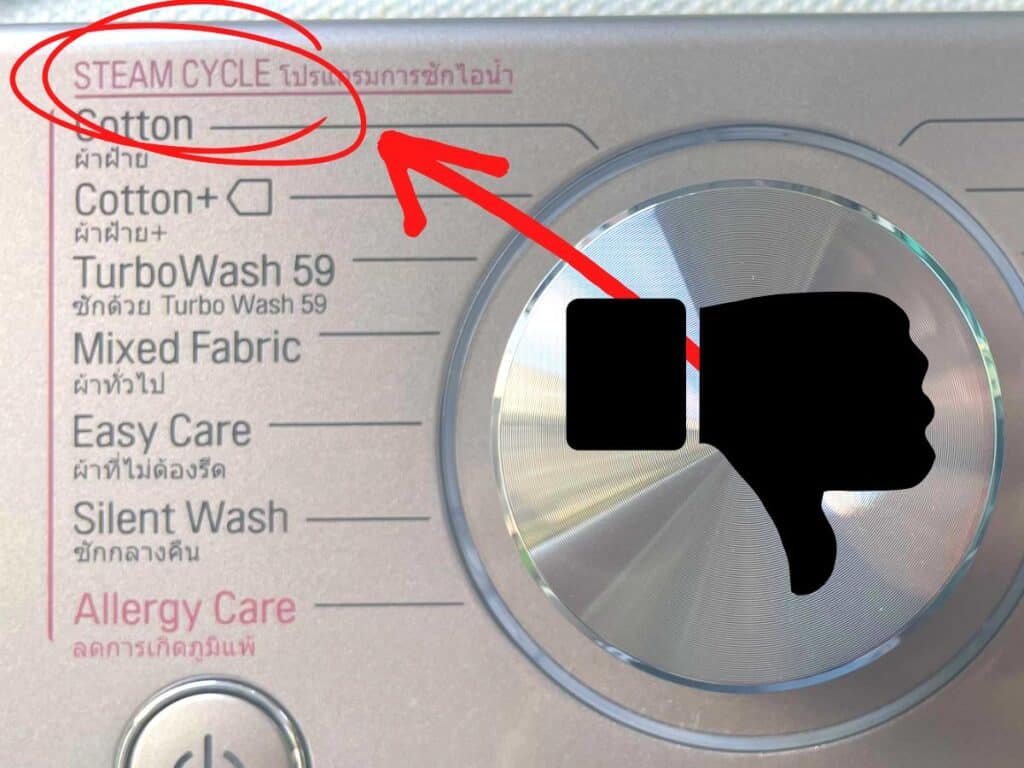
I already pointed out some of the drawbacks of washers with steam wash features.
But it’s worth it to elaborate on them so that you know what you’re getting into before actually buying one of these washers.
The first drawback is the cost. Washers with a steam wash feature often cost more than regular washers.
But even operational costs are more when it comes to using steam wash in a brand that tends to heat up the water in the tub to generate steam.
This can turn into excessively high utility bills down the line.
Another drawback has to do with the type of clothes you can use with a steam wash cycle. Naturally, all sensitive and delicate fabrics are out of the question.
Using steam on synthetics or lingerie will damage them beyond repair.
Wool fabrics are also debatable. Even clothes made of natural wool, which is heat resistant, tend to lose their shape and crisp lines when exposed to steam.
That will leave you with natural fabrics such as cotton and linen.
When to Use Steam Program On Your Washer
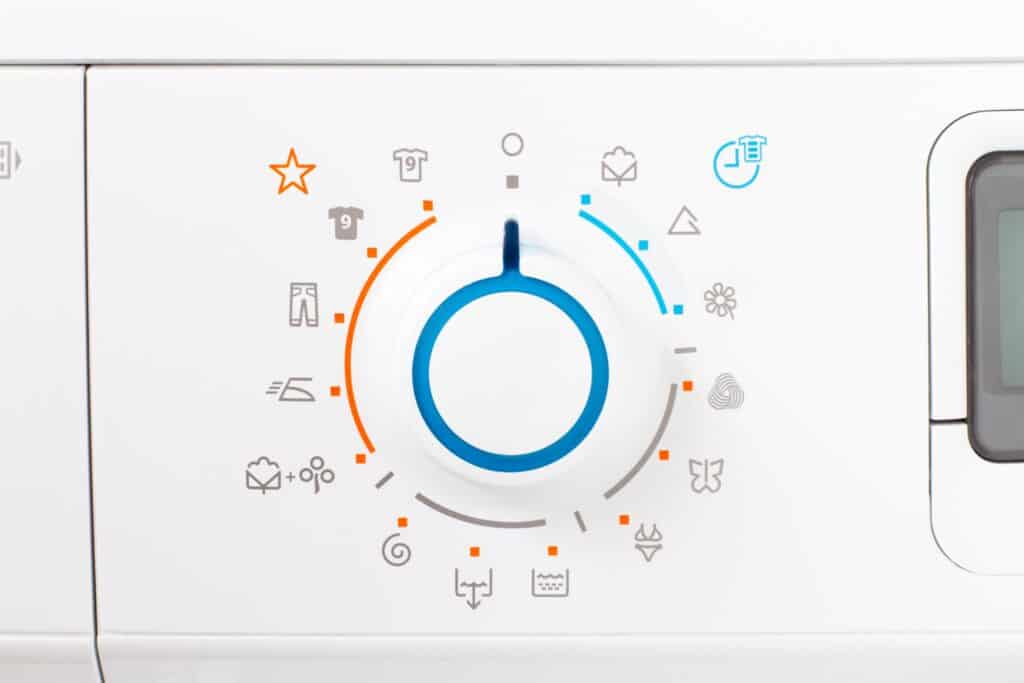
That brings up the question: when should you use the steam wash feature, and when should you resort to the regular wash cycles instead?
There are situations when steam wash sounds like the best answer. But that doesn’t apply to all the laundry. As I mentioned, not all fabrics can handle the extreme temperature of steam.
So let’s go through the situations when the steam program is required.
- Allergies and Sensitive Skin: People prone to allergies require exceptionally clean laundry free of germs, dust, and pathogens. The only way you can guarantee that level of cleanliness and hygiene in the laundry is if you use steam to wash the clothes.
- Baby in the House: Keeping baby clothes clean and odorless is no small feat. You often have to either boil the baby clothes or use maximum water temperature in the washer. With a steam feature, you can achieve cleaner and odorless baby clothes with less hassle.
- Hazardous Workplace: If you or one of the family works in an unsafe environment with exposure to chemicals or unsanitary conditions, then you will need steam to get rid of all the chemicals and pathogens in the work clothes and prevent diseases and infections.
- Mold and Mildew: Stored clothes tend to have bad odors due to the stuffy space in the wardrobe. This leads to mold buildup, which impacts the appearance of the clothes and not just their smell. Put these clothes through the steam cycle to freshen them up and give them a crisp look and feel.
- Tough Stains: Some stains are hard to remove no matter what stain remover you throw at them. This is especially true of old stains that have dried on the fabric.
What you need is to give them the steam treatment. Steam breaks down the toughest stains, and with the help of a heavy-duty laundry detergent, you can get rid of the stain once and for all.
Conclusion
Steam wash brings the efficiency and power of professional cleaning to your home. Washers with a steam wash feature are a bit expensive, but they tend to save you money and time down the line.
With steam, you can cleanse bacteria and pathogens not just from the laundry but also from the washer itself. When you use steam in the dryer, your laundry comes out wrinkle-free and requires less ironing.
I’ve created a comprehensive guide on how to use all the settings on your washing machine that may interest you to read next.

I’m an expert wardrobe organizer and a bit of a clean freak. I created this website and its YouTube channel to share practical guides about laundry and organizing. My teachings have been featured in multiple large news publications, and I’ve self-published two wardrobe organizing books and an entire course on the subject.

